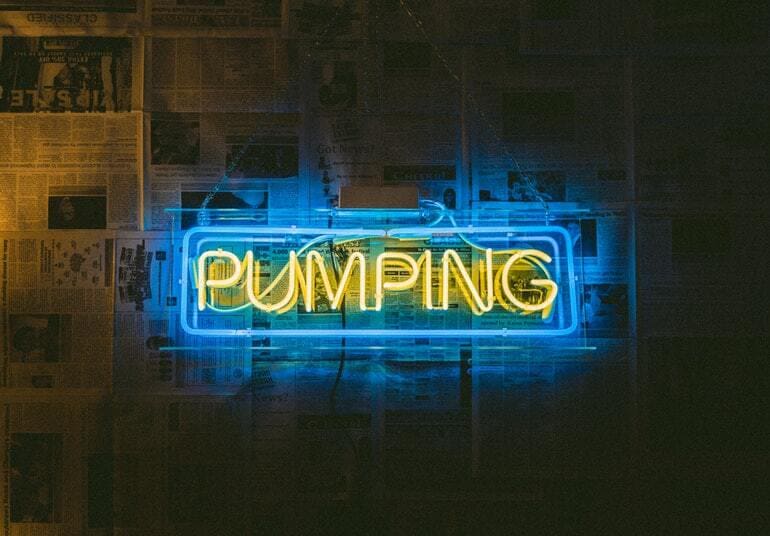
originally posted 11/13/2018, updated 2/11/2021
Your sump pump is a critical component of your water drainage system. It doesn’t matter how well the drainage tile manages water intrusion, if there’s no way to flush the water out of your basement or crawl space. You need a high quality sump pump to expel the water along a discharge line, emptying a safe distance away from your home.
Acculevel is a family-owned and operated company that specializes in foundation repair and waterproofing. Since our start in 1996, we’ve installed drainage systems in tens of thousands of Midwestern basements and crawl spaces. We know water intrusion and hydrostatic pressure present the greatest threats to your house’s health and stability; our goal is to help every homeowner have a safe and healthy place to live.
To help us reach our goal, we focus on helping people understand how waterproofing works, what causes water intrusion, and the best repair methods available. In this article, we’re going to address the three most common mistakes homeowners make, once they’re installed a sump pump in their home.
You’ll notice that for each of these problems, we’ve provided some recommendations on how to prevent or avoid them. These all require some basic maintenance and observation on your part. For water drainage in a basement, these are relatively easy to accomplish. If you have a crawl space, however, this could be more of a challenge.
It’s essential that the sump pump is free of clogs and debris. Make sure that there isn’t anything interfering with the float or the arm switch. If the float isn’t working correctly, the sump pump will either run too often, or not kick on when needed.
You should also keep the pump away from any loose gravel, small rocks, or silt. If you must use rocks or silt, make sure they are big enough to not get past the pump’s opening.
If you have had a plumber, electrician, or other professional repair person working on or around your sump pump, double check the pit after they’ve left. They may have needed to unplug the pump, turn off the check valve, or disable the float. Typically, a professional remembers to reset the sump pump, but you don’t want your basement flooding because you assumed they remembered to correct a setting after the fact.
 This photo was taken by an Acculevel project manager during a free estimate appointment. The basement flooded and needed water drainage and a sump pump installed.
This photo was taken by an Acculevel project manager during a free estimate appointment. The basement flooded and needed water drainage and a sump pump installed.
In another article, we address the possibility of a frozen discharge line and how to prevent it. But discharge lines can be problems any time of year if they’re clogged. You should walk along the buried discharge line and look for any major issues. Is the ground still appropriately sloped to help the line drain naturally? Is there anything interfering with the pop-up drain?
When you flush the sump pump (more on that in the next section), does the water flow out of the discharge line at a steady speed? Does water flow smoothly to the pop up? Or does it seep out at an earlier point in the line? If it seeps out, that could indicate a crack in the discharge line that needs to be repaired or replaced.
Like any other mechanical device, a sump pump can wear out or experience issues from a variety of factors. It’s important that you test it periodically, to make certain it is working properly. We recommend that you do this twice a year, much like you would clean gutters or check your HVAC system.
To test your sump pump, slowly pour 5 gallons of water into the pit. Note when the float signals the pump to turn on. Watch to see that the water slowly drains and the pump shuts off when the water goes below the float.
If nothing happens? Start by verifying the pump is plugged in and the outlet has power. Then follow the steps we listed above for the pit evaluation: verify the pump is not clogged, the check valve is set correctly, and the float arm has full range of motion. If the pump still doesn’t activate, you need to repair or replace it. The average life expectancy of a sump pump varies significantly depending on how often it is used, but most manufacturers’ warranties are only valid for a year. Home Inspectors estimate that you should plan to replace a sump pump at least every 7 years.
Is your sump pump making an odd noise? We explore typical noises and their causes.
Do you need a new sump pump? We evaluate the top 5 sump pumps available for residential use.
Looking for more suggestions on how to keep your home safe and healthy? Check out our DIY Home Inspection Checklist For Your Foundation.
Please rely on our free basement waterproofing guide. This is meant to be a resource for any homeowner with a basement; bookmark it, read it from beginning to end, or just check out the chapter that best applies to your current situation.
[DISPLAY_ULTIMATE_SOCIAL_ICONS]